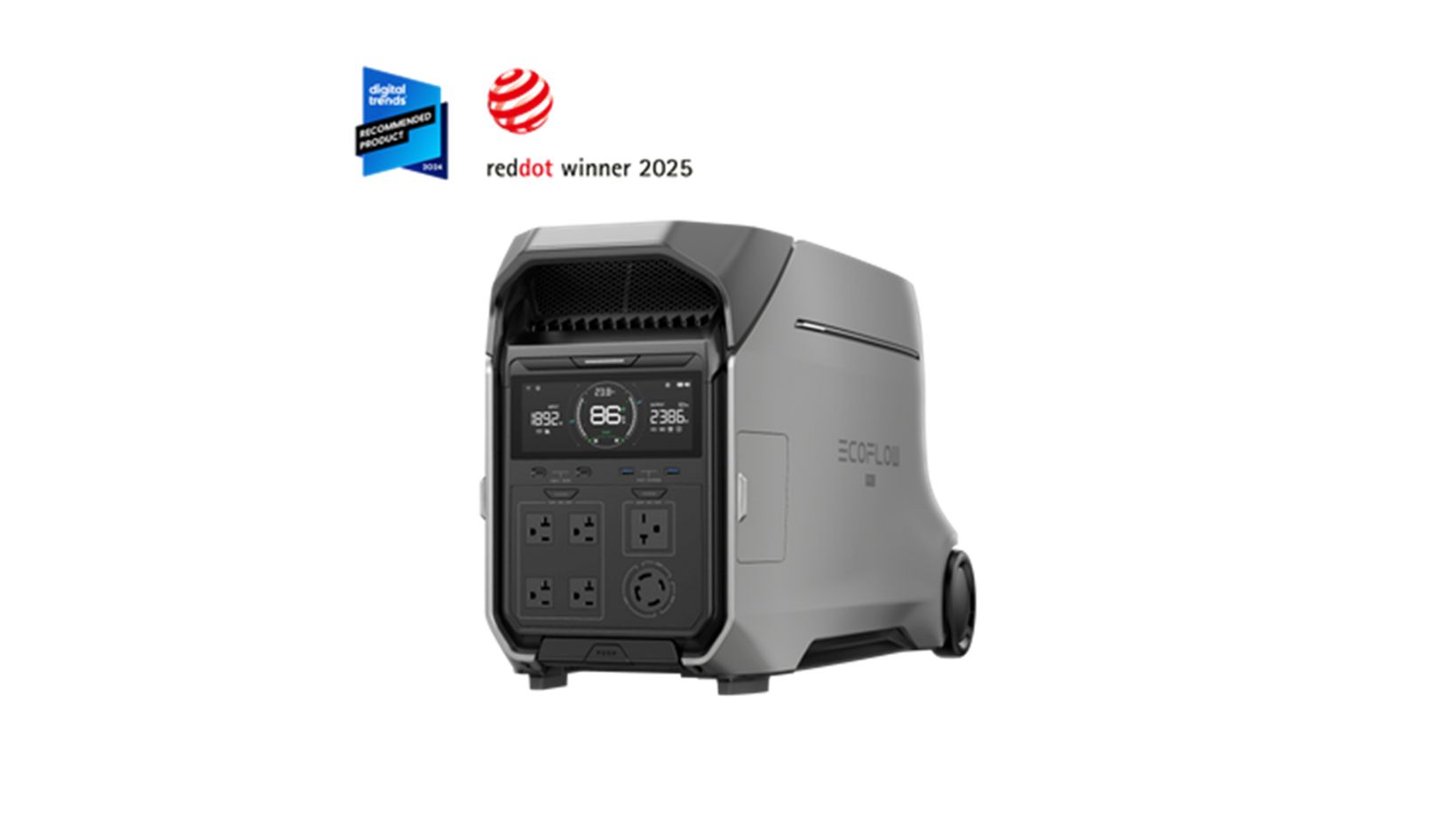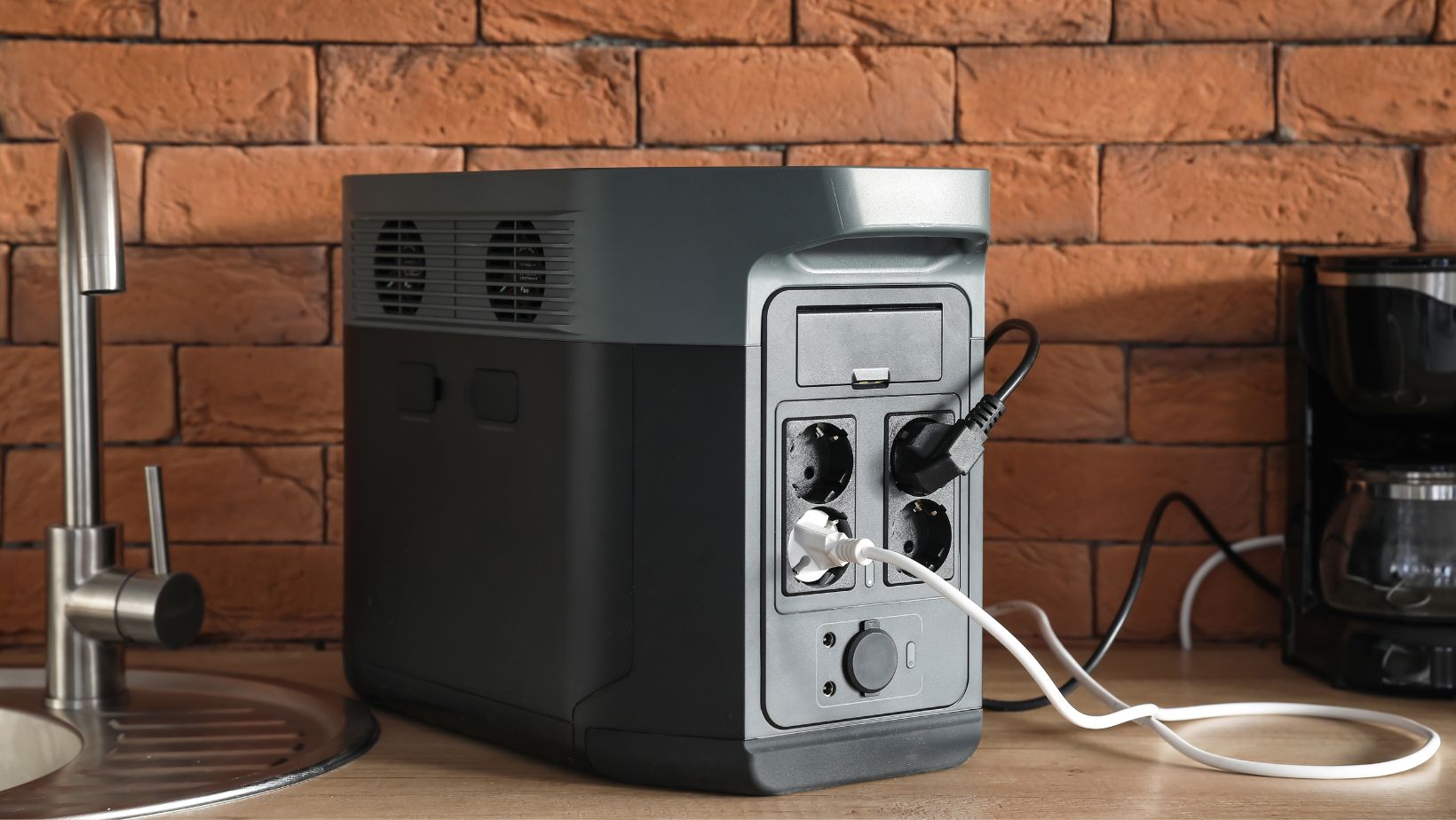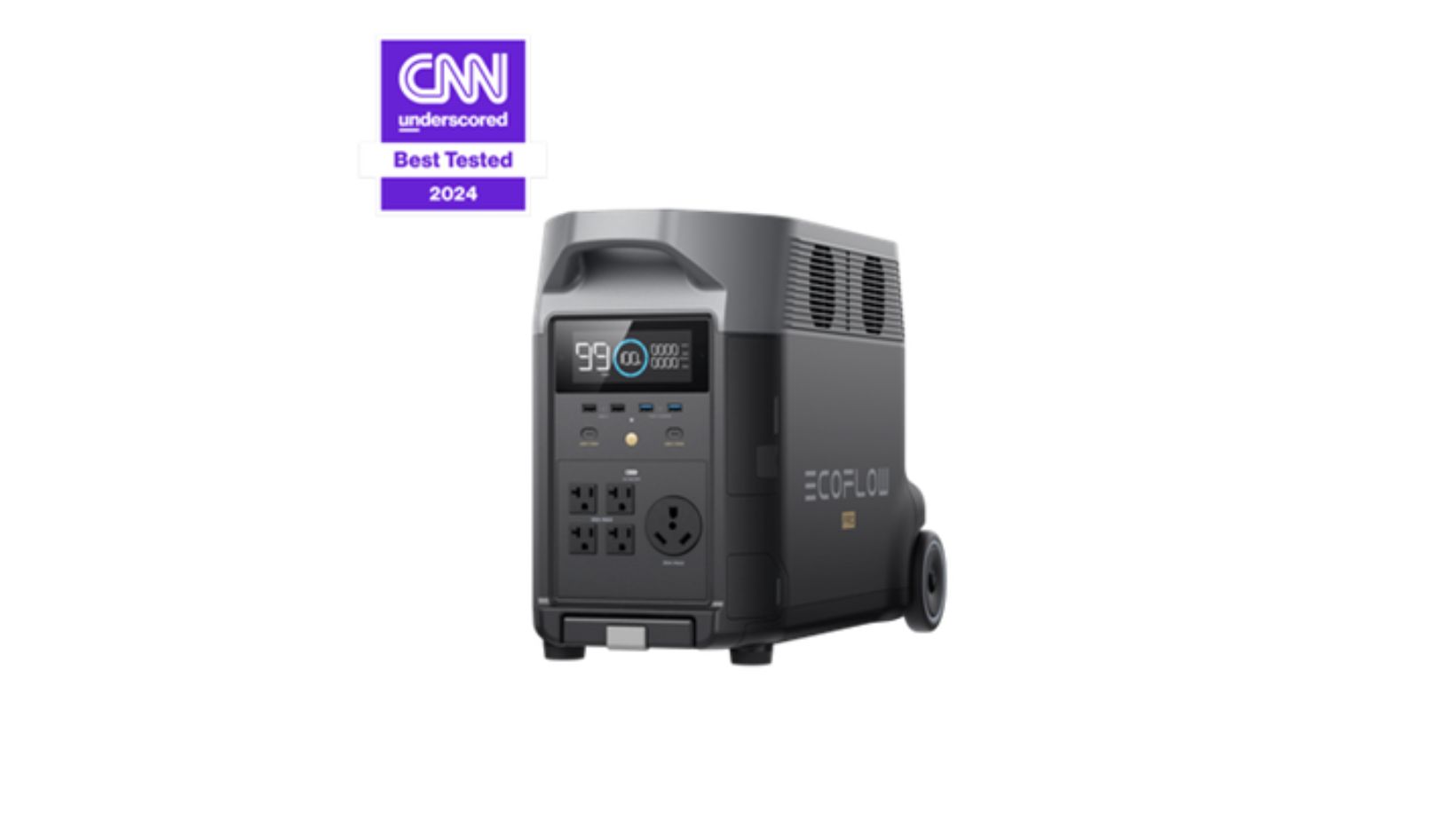
In an ever-complicating, even more mobile, and unpredictable world, portable power stations are a necessary tool for emergency preparation and outdoor adventuring today. With our dependency on enjoying our electronic devices increasing, we need reliable portable power that can keep our gear charged and ready to go when mains power might not be an option. But with all the technical specs and differing device requirements, it can be hard to know which portable power station is right for you. Most people don’t really understand what differences one wattage rating might have over another, how one battery chemistry differs from another, and what one size battery may have over another. This guide will break down the jargon and technical features of portable power stations so that you can make an educated decision that fits your needs. We’ll take you through the basics of determining the power you need, comparing battery technologies, plus real-world solutions for effective portable power management.
Understanding Power Consumption: The Foundation of Portable Energy
Using Wattage Calculators
Knowing how much wattage the equipment you want to power requires is the first step toward getting your power needs met. Contemporary digital wattage calculators that can be found online or on manufacturers’ power station apps make it easy to calculate exact energy needs. Just add your devices and the time you use them to see exactly how much power you are using. To calculate that manually, look on the device for a power label or calculate wattage as amperage multiplied by voltage.
From Smartphones to Refrigerators
Typical tools have widely differing power requirements. Smartphones usually need 15 to 20 watts to charge; laptops take 45 to 100 watts. Bigger appliances – let’s say, a mini-fridge – would use 400-600 watts when kicked into gear and may need up to three times as much electricity on the surge. A CPAP machine uses 30-60 watts, and LED lights use 10-15 watts each. Entertainment devices such as tablets consume 10-20 watts, and gaming consoles require 150-300 watts to play.
When determining a custom energy budget, both steady-state and peak power requirements should be considered. Begin by identifying critical devices that need or want to be powered at all times, then add in occasional-use items. So, look at your timing is the only thing; other than that, are a few high-draw items going to run at the same time or not? Factor in peak power demands, such as those for motors or compressors that require more power to start. Since there is always 100 of any of 300-400 available, add +20% to your calculations for reliable operations and use in a diversity of system conditions. This all-in-one solution is how your portable power works in regular use and unexpected power needs.
Battery Types Decoded: Lithium-Ion vs. Traditional Options
Case Study in Modern Power Storage
New lithium-ion batteries are also a step forward compared to ordinary batteries. When it comes to the best battery technologies, lithium iron phosphate (LFP) showcases remarkable stability and durability, offering over 3,500 charge cycles at 80% capacity. These benefits have been shown in advanced systems by leading manufacturers such as EcoFlow, which features excellent thermal stability and enhanced safety characteristics compared to conventional lithium-ion designs.
The choice of battery chemistry has a significant impact when it comes to the functionality and reliability of a portable power station. The battery of choice is lithium-ion, which offers double to triple the energy density compared to lead acid (weighing 1/2 to 1/3 less) while keeping the same voltage and service life. Lead-acid batteries, on the other hand, while cheaper, have a shorter life, are less cold tolerant, and only offer a partial state of charge. High-end li-ion technologies keep performance in thresholds for temperature -4°F to 140°F.
Think well about operating conditions when choosing battery types for use cases. For emergency home backup, lithium-iron-phosphate battery systems are ideal; they are stable and long-lasting, and they perform well under full discharge. Backcountry fans, meanwhile, can put the focus on the lightweight nature and cold-weather performance of lithium-ion. Everyday users take pleasure in lithium technology’s long life – holding a charge (up to either 200 days or 1 year, depending on the device). The up-front premium on price for lithium-based systems is typically repaid over time with longer service life and enhanced stability under a wide variety of operating conditions.
Maximizing Your Portable Power Station’s Potential
Multi-Device Management
Efficient power management starts with strategic device prioritization during usage. Connect essential devices like medical equipment or communication tools to higher-amperage outlets while charging smaller devices through USB ports. Modern portable power stations feature intelligent load sensing, automatically adjusting output to match device requirements. This prevents power waste and extends battery life. When operating multiple devices, stagger high-draw appliance usage to avoid overwhelming the system’s capacity.
The integration of solar power increases the versatility of power stations. The majority of contemporary models are equipped with an MPPT charge controller that accelerates solar charging under different lighting conditions. Install panels at a 30-45-degree angle facing south, and make any seasonal adjustments. Clean the panels regularly for optimal performance and ensure weatherproof connections. Multiple Recharge Power: Power up by Type-C port, AC outlet, and cloudy weather can recharge by supplementing solar charging the battery level.
Long-lasting life is proved by the test of durability. Keep your power station at 40-80% and store it in a cool, dry, neat area. Do monthly discharge cycles to calibrate battery indicators and keep cell balance. Regularly inspect connection ports for dirt or corrosion and ensure that ventilation openings are not blocked. Check for temperature indicators if you are using several devices at the same time, and stop using those devices if there are signs of heat stress in the system. These protocols, along with those recommended by the manufacturer, optimize the daily performance and extend the life of your portable power solution.
Step-by-Step Guide: Selecting Your Ideal Power Station
Start your power station shopping by doing a device inventory. Write down all of the devices that you will run, both necessities such as medical devices and convenience items. Determine both steady state and peak power needs, and don’t forget simultaneous device operation. Consider yearly changes in the power demands; you may need extra cooling or heating. Record your findings in a comprehensive power needs plan.
When looking at power station choices, consider output capacity as well as port variety. During this process, compare the continuous power ratings from Step 1 against the calculated power requirement and select a model that offers at least 20% excess power (that is, a little more power than you actually need). Look into AC outlet types, especially pure sine wave output for delicate electronics. Take into account the USB-C Power Delivery for newer devices and dedicated ports for solar input. Also, make sure the charging times line up with your usage, especially if quick recharging is important.

You want to ensure that your investment is future-proof – and this also means being smart about expansion options. Opt for models that allow you to attach multiple expansion batteries or the chainable one-same devices. Check what compatible solar panels and other add-ons are available that could make it useful for more scenarios. Think about intelligent functions such as mobile app support, firmware updates, and remote monitoring. Good social networks and recommendation systems can actually improve with users’ feedback and be quite efficient over time.
Safety qualifications and safety protection are the primary screening criteria. Check UL certification status and check built-in protection capabilities against overcharging, short circuits, and thermal runaway. Check the manufacturer’s history in terms of safety updates and customer service. Be sure to consider the warranty, especially in terms of its battery capacity protection. Such a methodical approach guarantees that the power station chosen not only fulfills the actual needs but works stably during its entire service life.
Final Thoughts on Choosing a Portable Power Station
Choosing the best portable power should be a well-thought-out decision as there are certain technical aspects that need to be considered; however, these elements can be properly scrutinized, allowing one to make a wise decision. Determining the power you need, selecting battery chemistry, and employing appropriate management techniques will help take the guesswork out of portable power and add a reliable power source no matter where you find yourself. The development of lithium-based technologies such as LFP batteries is truly a breakthrough in portable power, which means it is both reliable and durable like nothing in the past. While you use this guide as your own checklist, remember that spending time to figure out the tech specs helps with the long-term results. When it comes to preparing for the worst or getting the most out of your outdoor adventures, modern portable power stations are a veritable godsend as they work to provide us with sustainable, autonomous power solutions. By keeping up with technology and remaining best-case in power management, you’ll get the most value and effectiveness from your portable power investment.






